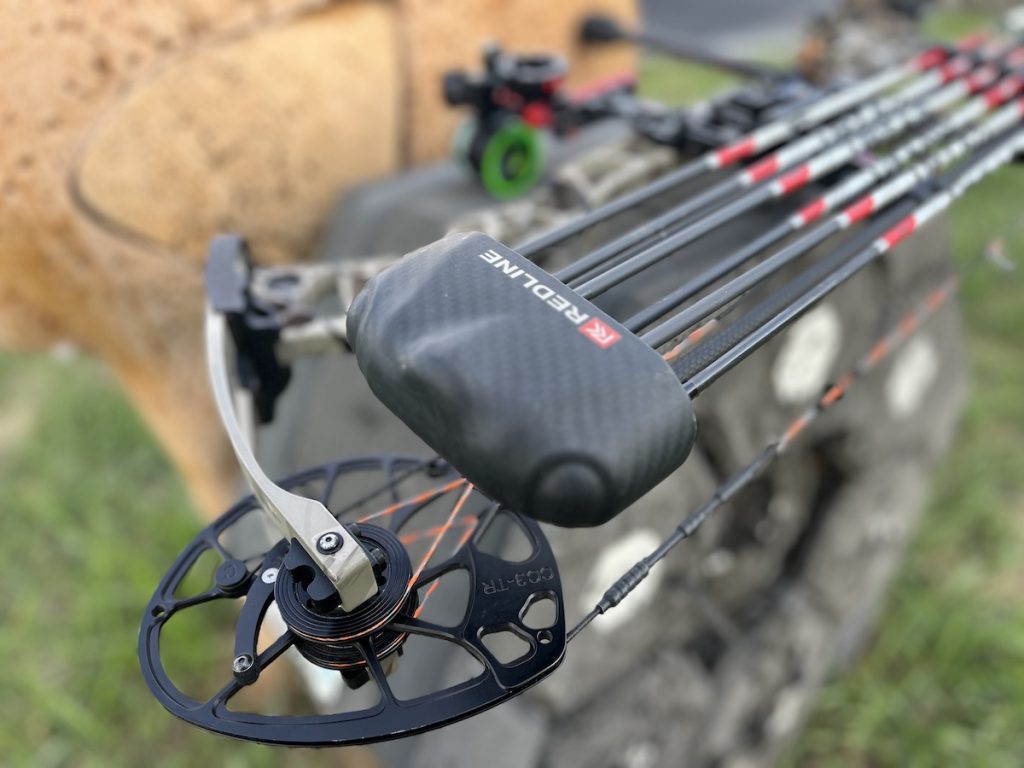A new swimmer in the bow accessory ocean, Redline makes waves with well-thought-out products that hit a reasonable price point and provide plenty of innovation.
by Zach Bowhay
For the last decade, we have seen a steady increase in the price of everything we buy, and bows, arrows, and accessories are no exception. Maybe I am showing my age here, but I remember when entire, ready-to-hunt setups were $500-600, including a flagship bow from a top manufacturer.
Like everything, compound bows went from a few hundred bucks to $700-800, and it didn’t stop there. Today, almost all flagship bows are $1,200 or more, and those bows are bare and don’t come decked out with top-end accessories.
Once you purchase a flagship bow, that bow needs to be outfitted with accessories, and like bows, the price of accessories has risen. In most cases, you can bank on spending another $500-$800 for accessories that include a sight, rest, stabilizer, and quiver. And you may pay more than that; some bow sights alone are as much as an entire bow setup of yesteryear.
Of course, low-quality accessories get the job done in some cases and work for some bowhunters, but there seems to be a Grand Canyon-sized gap between high-end and low-end accessories.
In the past several years, though, some companies have been bridging that gap, and one such company is Redline Bowhunting. The past month I have been putting several of the products from this company through the paces, and I am very impressed.
In The Box
One of the first things that caught my eye was the extra stuff that came in the box with the RL Torch 2 Pin sight. A big pile of Allen wrenches that fit every single screw on the sight, and blue and red bubble levels that can replace the standard green level. The most remarkable thing was a whole pile of metal sight tapes. These tapes allow you, once you have dialed-in, to select a tape that matches your bow’s setup. There is also an included USB charger; more about that later. 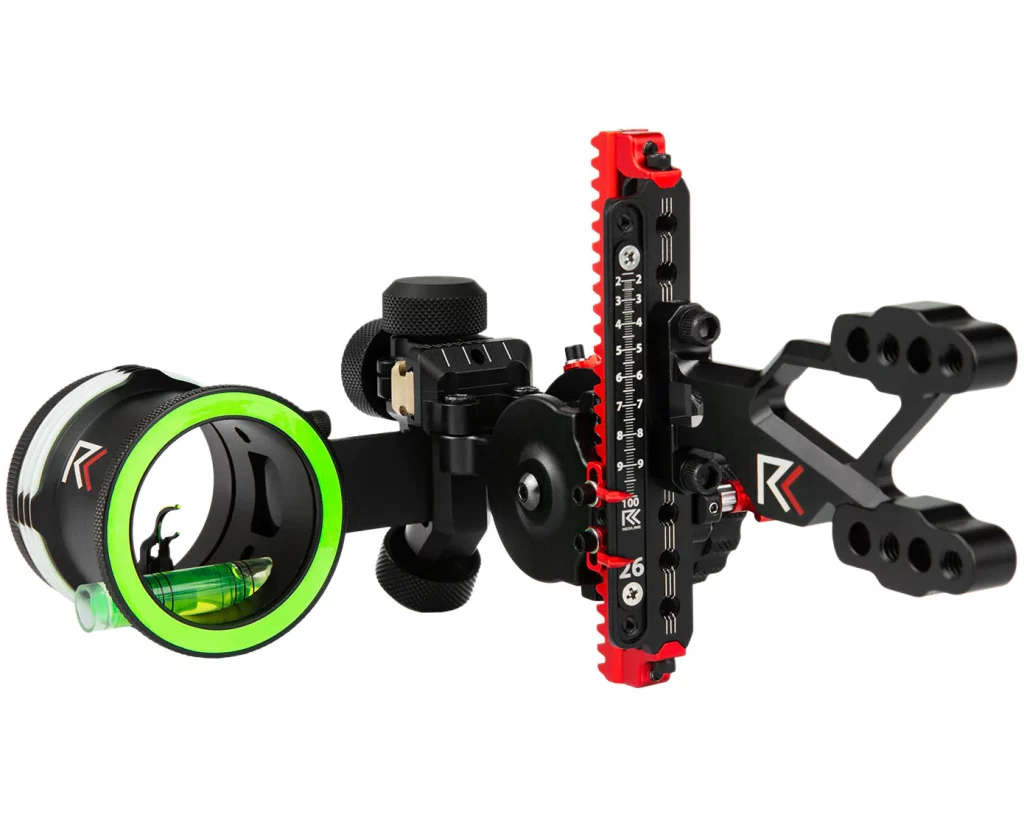
Dual Aiming
I had been eyeballing a couple of 2-pin slider sights from various companies, so I was excited to try out the RL Torch 2-Pin Sight. At $279, this sight has all the bells and whistles of many top sights and is $20 to a couple of hundred dollars cheaper. I’ve had some issues with my vision over the past few years and have had good luck using a single-pin sight. I like the clean sight picture of a single vertical pin sight. The great thing about the RL Torch 2-Pin is I get the same sight picture. The difference is instead of one vertical pin coming up from the center of the sight’s housing, there are two, but I still get the same uncluttered housing. And I love the benefit of the second aiming point.
The primary pin on this sight is a .019″, and the second pin is a .010″ pin that does have some vertical adjustment independent of the main pin. I plan to use this sight for whitetail hunting from a treestand, and I love that I can set my primary pin at 20 yards in its home position and have my second pin set at 30 to cover most of the shots I will likely encounter. I will try different distances for my second pin this summer, between 30 and 35, to see where I feel most comfortable with this setup.

It’s also important to note that this sight will make a tremendous long-range sight. Of course, it’s dial-to-the-yard moveable, but by setting the second pin as your slider pin, you get the added benefit of a smaller pin diameter, which makes aiming easier at extended distances for many shooters.
Adjustability
When distances you plan to shoot are further from the standard settings of your pair of vertical pins, you can simply dial your yardage. Dialing is achieved via the wheel-driven, robust dual gears. The gears on this sight are beefy, and although I could be wrong, I don’t see this area of the sight failing. I have had the drive on a slider sight fail on a hunt, and I don’t ever want that to happen again.
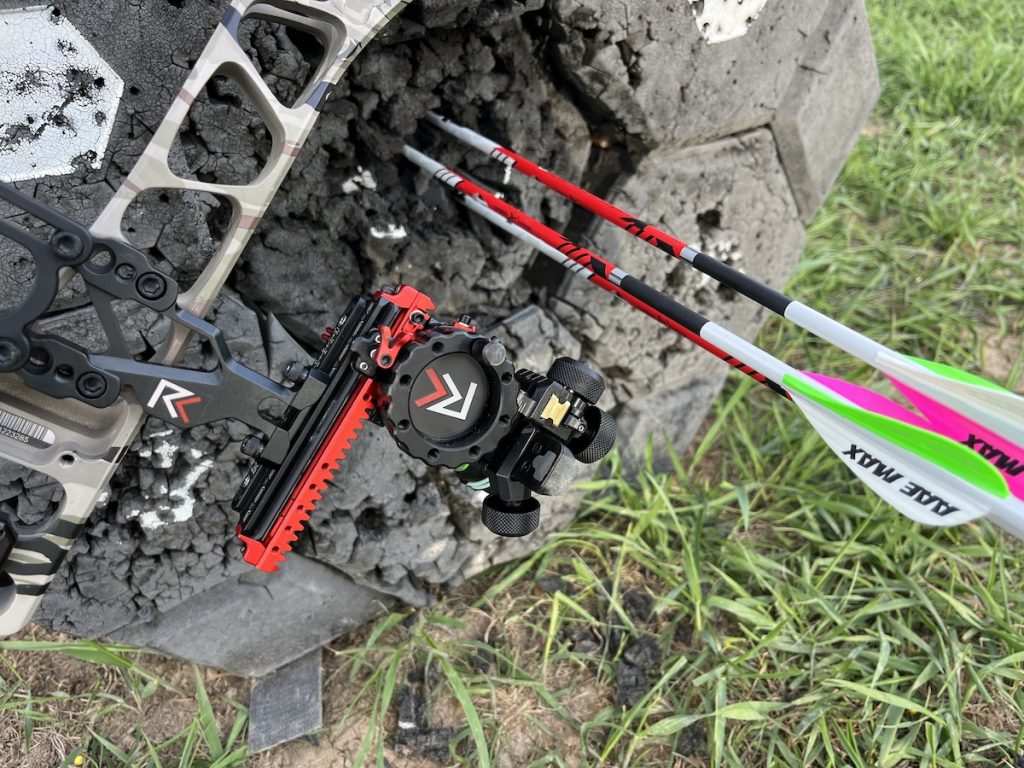
As I mentioned earlier, there are multiple metal sight tapes to match your setup, and stick-on tapes are included so you can have yardage on your wheel as well, which will also help with the sight-in and tape selection process. There are also dual indicators on each tape location so you know the distances on each pin as you dial. Major vertical gang adjustments can be made by removing the two main screws at the 2nd axis adjustment point, where you can move the body of the sight up or down on the bracket to make those significant adjustments before you even have to use your wheel. The Torch 2 is adjustable 1st, 2nd, and 3rd axis, making sure you are ready for all shots you may encounter.

Horizontal adjustments are a snap. There are three large, ergonomic knobs on the front of the Torch. Loosening the lowest know allows you to make large adjustments side to side freely. Loosening the middle knob will enable you to use the top knob to micro-click side to side, where you can both hear and feel clicks as you go.
Light It Up
The sight housing has a nice neon green sight ring, and the pins are bright thanks to the protected fiber optics that wrap around the outside of the housing a few times before feeding into the pins. Lastly, we need to discuss why this sight comes with a USB charger in the brightness category. That’s because this sight has an integrated 4-stage rechargeable sight light. This light is built into the inside of the housing and shines out onto the pins. The push button to run through the stages of the light is on the side of the horizontal adjustment of the sight. Be sure to check the laws of the state you are hunting in before you purchase this sight. After a charge, the light is suitable for eight hours of continuous use.
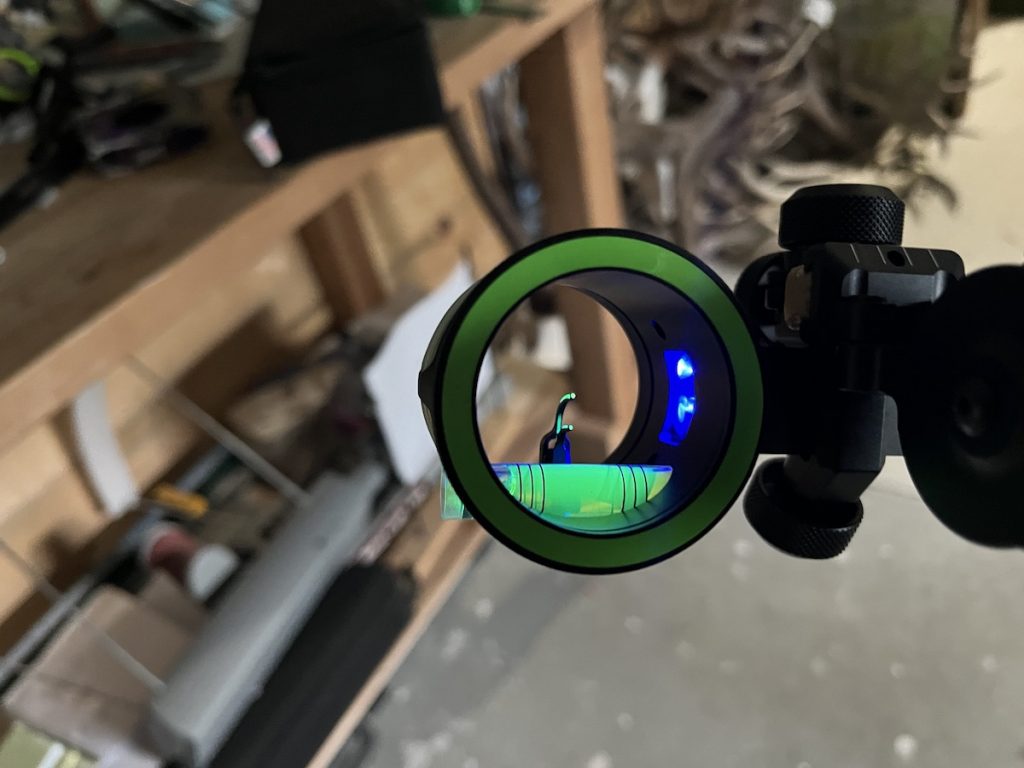
Final Thoughts
Overall I have been very impressed with the Torch 2 from Redline Bowhunting. At $279, I wouldn’t necessarily put this sight in the budget category, but you get a lot of bang for your buck with this setup. You get all the bells and whistles of even the most expensive sights and may even have a little money left to buy a stabilizer and quiver. Yes, Redline also make quivers and stabilizers? While testing the Torch, I used the RL-1 Carbon 6 Arrow Quiver and the RL Trio Back Bar and Stabilizer Kit.
At 9.7 ounces, this quiver is ultralight, especially for a 6-arrow quiver, and can be mounted close to the bow like many of today’s most popular models. The grippers are almost too tight and hold your arrows very well, and the arrow slots in the hood hold your arrows solid in place. As far as the stabilizer setup, the design was very well thought out. Like any well-made stabilizer, the rod is made from a high-strength lightweight material; they used high-grade woven carbon tubes for this one.
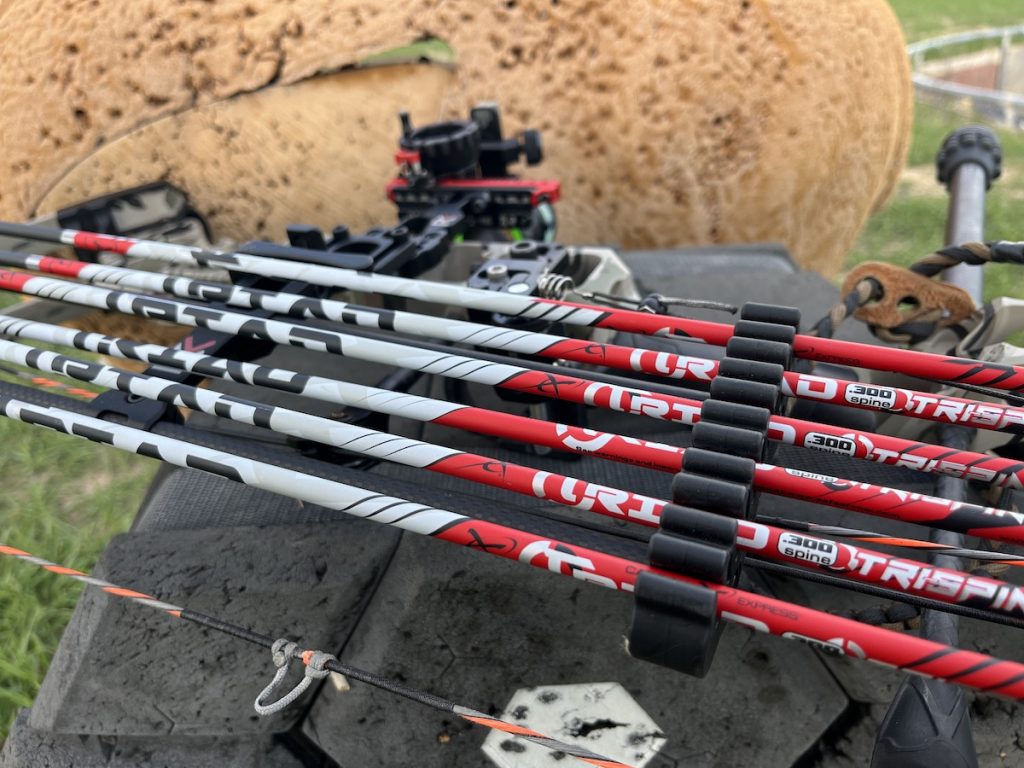
This gets the weight out on the end of the stabilizers where it’s meant to be. There aren’t many sexy ways to describe stabilizers, but I am very impressed with the back bar bracket with plenty of adjustment, and the no-slip design keeps your back bar exactly where you want it once you find the correct balance on your bow. This is pivotal for me because I have shot some back bars in the past, and I had significant issues with them not staying put.

Redline Bowhunting is making a nice push with quality, affordable products in the accessory market. They still need to get the name and recognition of some companies, but I see that changing shortly. The Torch 2 and other products from this company are worth a look if you are accessorizing a new or old setup while gearing up for fall.
